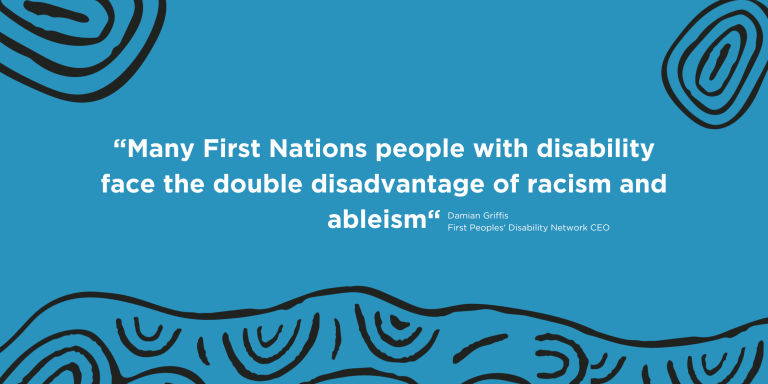By Kiara Davies
Today marks the anniversary of The Racial Discrimination Act 1975. It is important to understand your rights under this act and how discrimination causes harm on an intersectional framework.
Breaking down the meaning of the Racial Discrimination Act 1975
Discrimination: Discrimination is when someone or a group of people are treated unfairly due to a factor that makes them different.
Racial: In the act the term racial refers to somebody’s race, colour, descent or national or ethnic origin.
The Racial Discrimination Act 1975 is simple in its premise: Nobody should be treated unfairly due to their race, colour, descent or national or ethnic origin. This includes promoting equality and condemning discrimination based on racial factors. The Act aims to combat every-day scenarios of discrimination, including access to places and facilities, housing and accommodation and employment. The Act also makes it unlawful to publicly commit an act of racial hatred, this includes sharing offensive comments or materials in public forums as well as abusive comments or speech in public areas (this also includes workplaces, schools, and public transport.)
While the Act is beneficial for First Nations people, we must remember it has only been in place for 48 years. The law has only condemned racism for 48 years. Compared to the long history of First Nations culture in this country, this is an incredibly short time.
Racism is never okay, and The Racial Discrimination Act 1975 is in place to protect people from it. In the words of Damian Griffis “Many First Nations people with disability face the double disadvantage of racism and ableism. We acknowledge the anniversary of the RDA and its critical role in helping to address racism in Australia, but we must ensure that more First Nations people with disability understand what the Act does and how it can be used to combat racism in the provision of disability services and supports”.
Understanding your rights is essential. If you have experienced racism or racial discrimination, there are steps you can take. Firstly, looking after yourself and your wellbeing is paramount. If you need someone to talk to you can reach out to a trusted person or organisation to seek help, you can also reach out to a trusted health or wellbeing organisation to seek mental health supports. Secondly, if you decide you want to act, depending on your situation there will be different steps for you to take. Once these steps are exhausted you can make a complaint to the Australian Human Rights Commission, it is recommended you seek legal advice first. There are First Nations legal services available in each state who can assist with this.
Racism still exists and First Nations people with disability experience discrimination in multiple ways. Barriers need to be broken to ensure services that are free from discrimination in terms of race and disability. Today, we recognise The Racial Discrimination Act 1975 but we also recognise the resilience and strength of First Nations people and First Nations people with disability despite discrimination.


Recent Comments